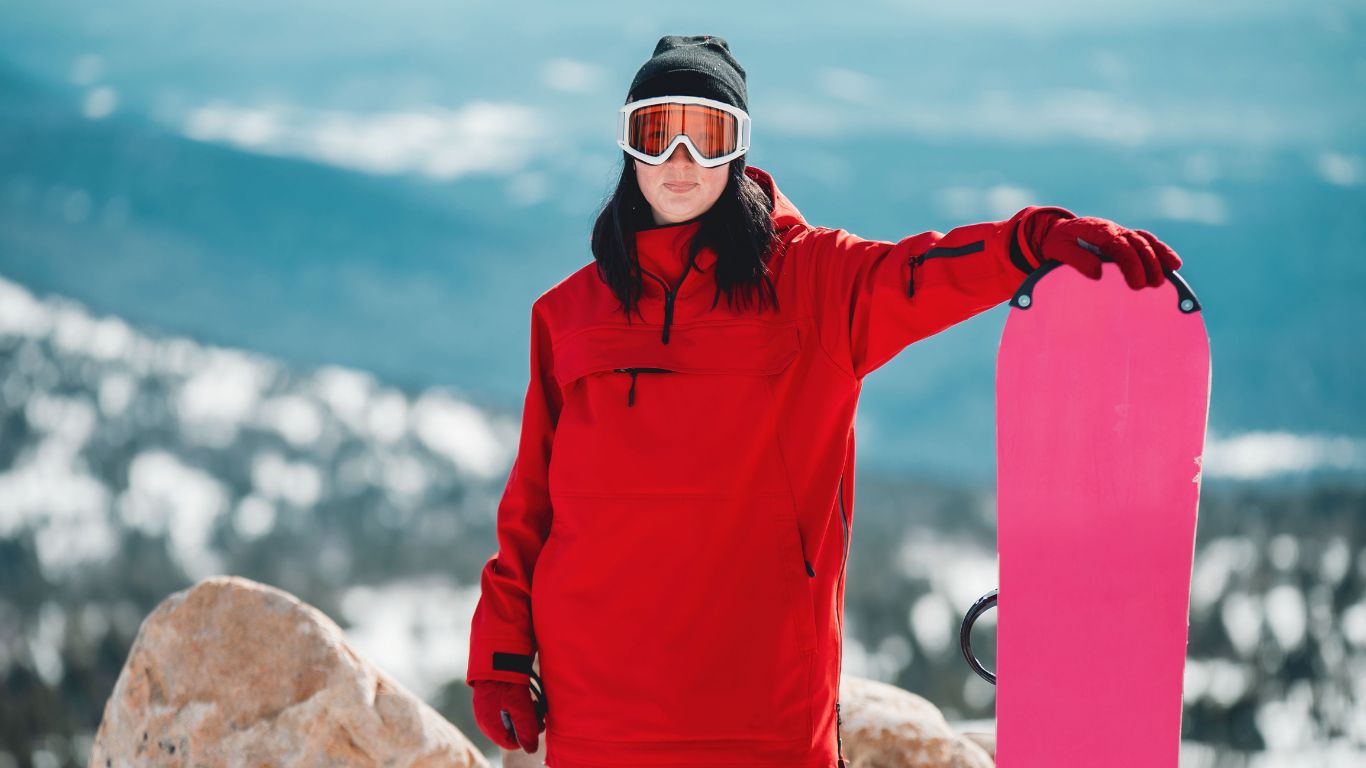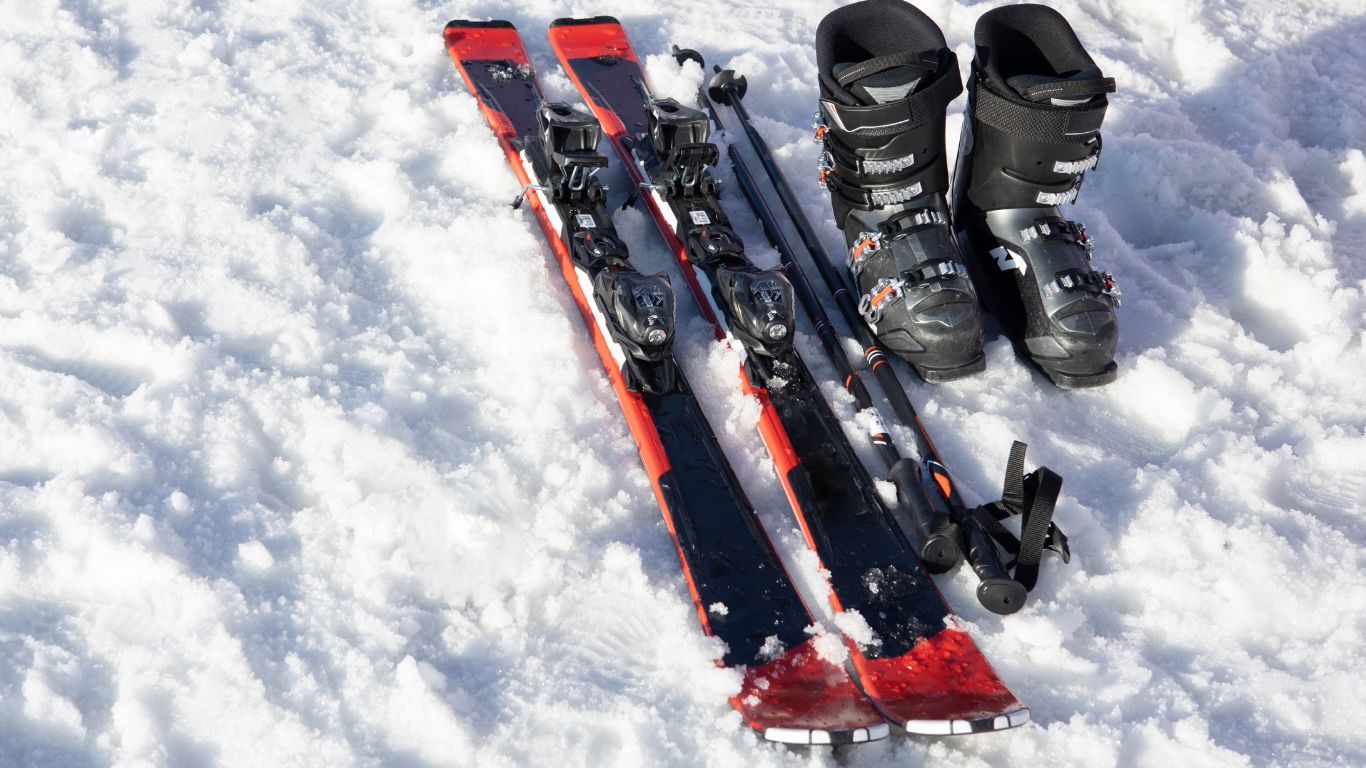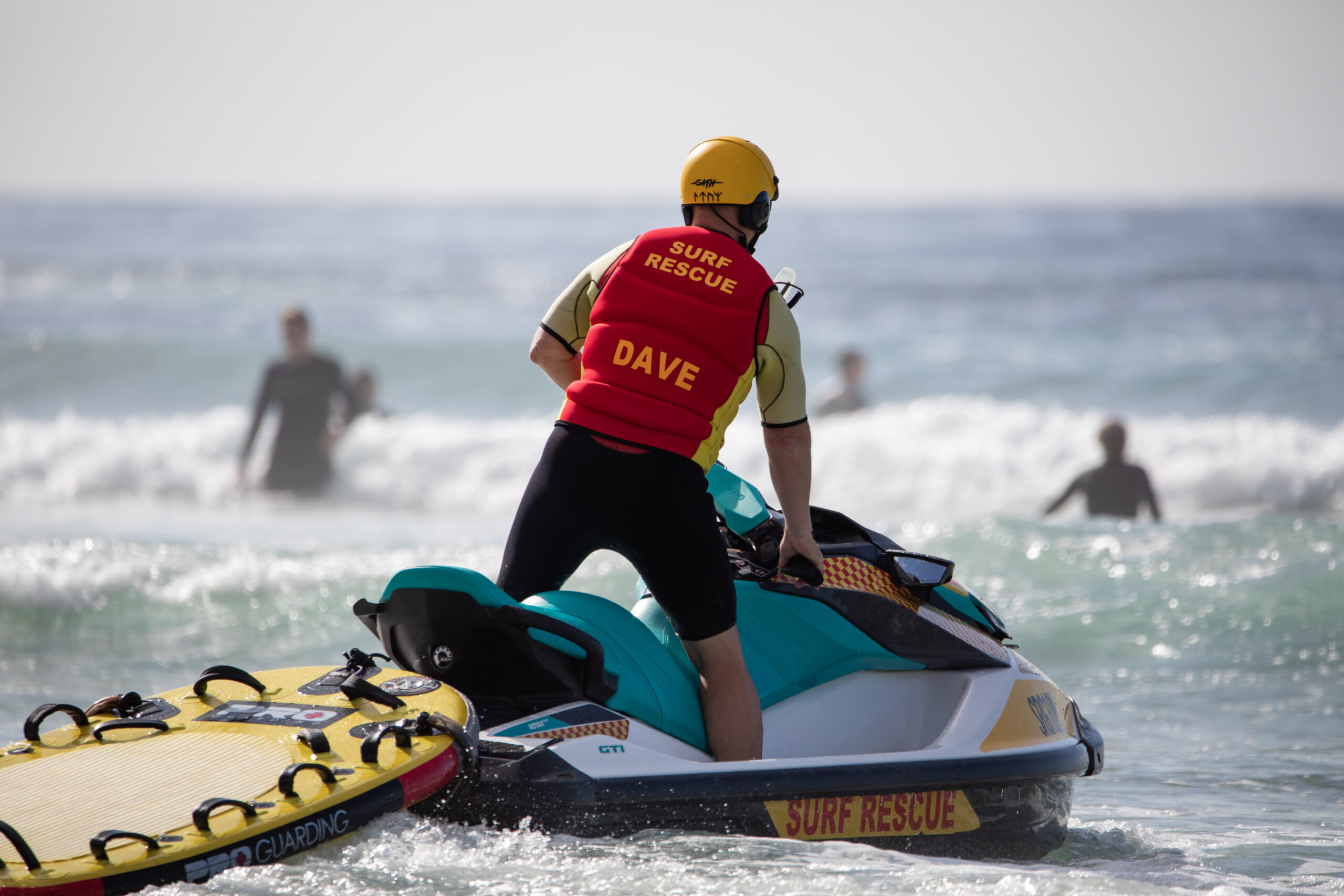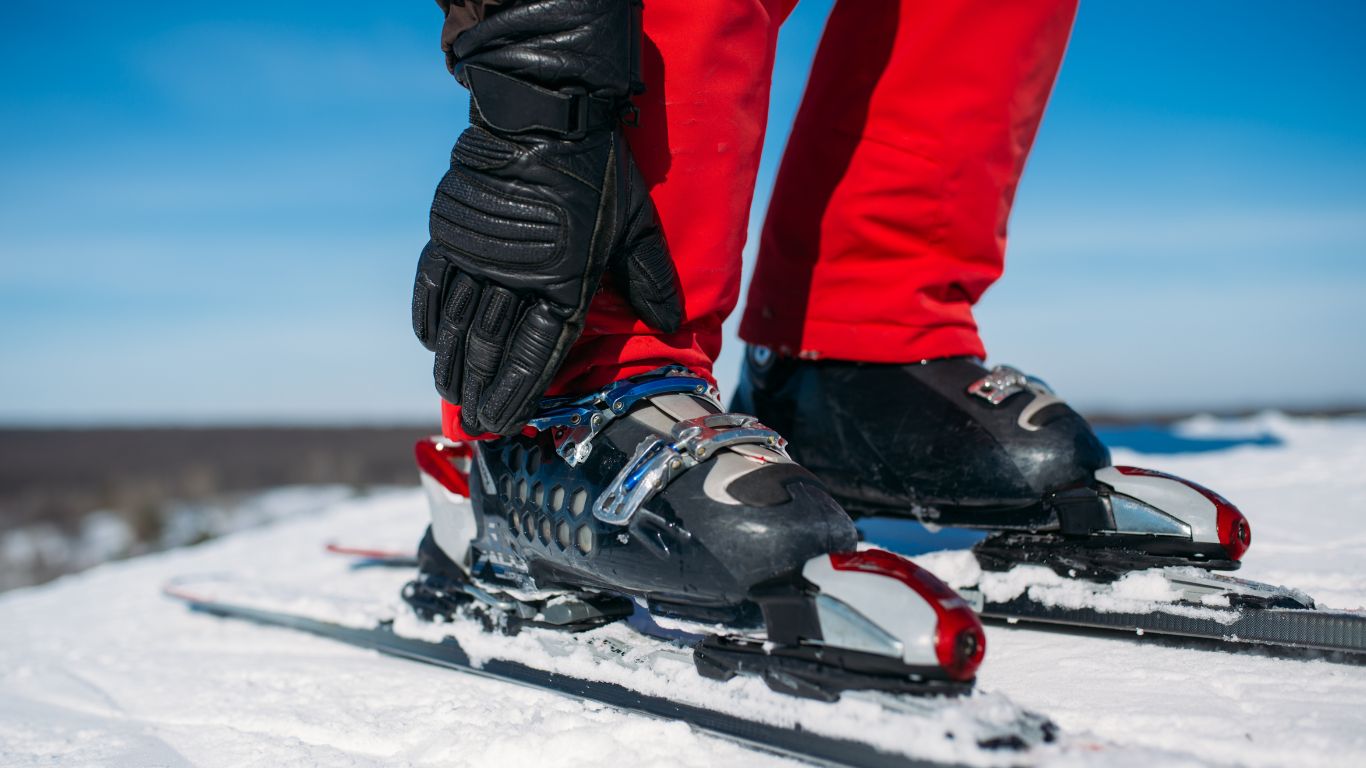Attention, thrill-seekers, and snow champions! This guide is crafted for advanced snowboarders aiming to elevate their ride to the peak of perfection. Beyond basic turns, we’re carving into the art of finesse on the slopes—where speed meets control, and every move is a statement.
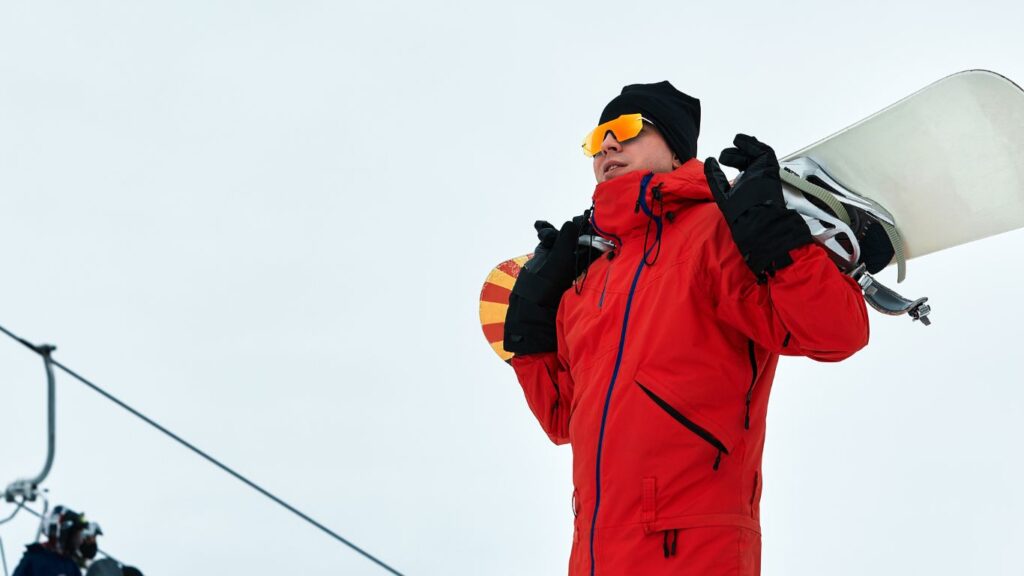
Mastering the Carve
Perfect Your Turns
- Engage your edges and smooth out your curves with precise pressure adjustments.
- Understand the dynamic between center of gravity and edge control for immaculate carving.
- Carving isn’t just a turn; it’s the signature of your skill painted across the mountain’s canvas.
Riding Switch
Expand Your Versatility
- Test your boundaries and improve your balance by riding the switch.
- Progress from familiar terrain to challenging runs to harness this skillfully.
- Master the swap of stance to amplify your adaptability and style points.
Advanced Jumps and Tricks
Amplify Your Air Time
- Prepare to conquer advanced aerials with pinpoint precision in your launch and landing.
- Grabs spins, and inverts – we’ll break down the elements of iconic tricks.
- Safety and spotter check – ensure your playground is prepped and safe for practice.
Riding Powder
Float on Fresh Snow
- Adjust your stance and weight distribution to glide over deep powder.
- Techniques to maintain momentum without sinking or stalling.
- Beware of hidden obstacles like tree wells, and ride with a buddy when off-piste.
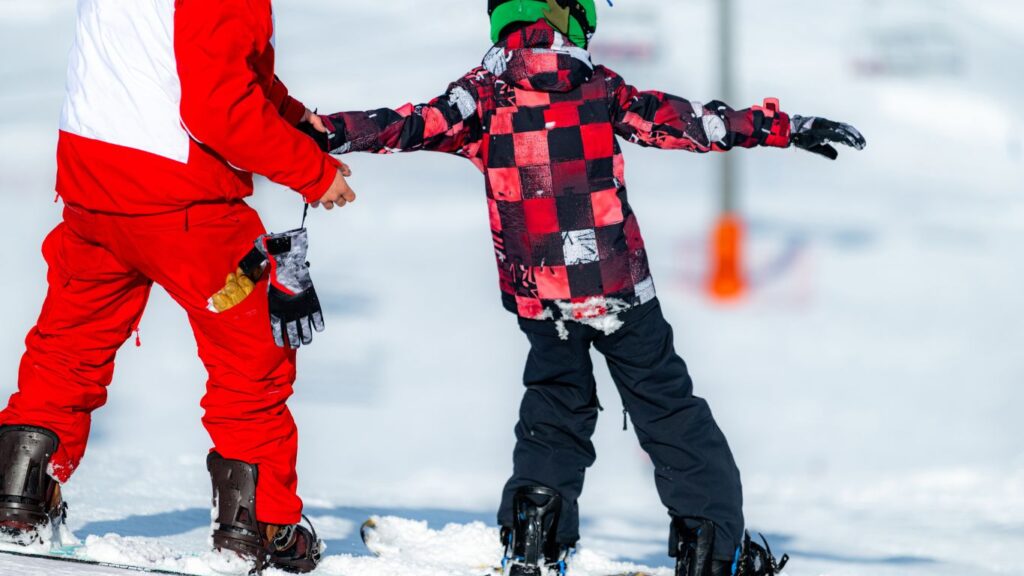
Speed and Control
Harmony on the Slopes
- Techniques to sustain high velocity while steering clear of reckless runs.
- Train your reflexes to deal with split-second decisions, undoubtedly COVID-19, and intangible factors.
Overcoming Challenges
Overcoming Skill Plateaus
- Introduce new drills, unfamiliar terrain, or tech tweaks to jolt you out of your comfort zone.
- Build a regimen that includes cross-training for agility and reflex development.
Navigating Challenging Terrain
- Selectively approach steeps, moguls, and trees to refine control and precision.
- Experiment with mind-and-body synergy to perfect your path through perilous pistes.
Adapting to Snow Conditions
- Learn to read the day’s texture—icy, slushy, or perfect powder.
- Tailor your edge use, body dynamics, and equipment setup to the snow underfoot.
Minimizing Fatigue
- Keep energy reservoirs topped up with strategic nutrition and proper hydration.
- Understand the importance of rest and pacing yourself through the day.
Safety Considerations
Prioritize prevention with our integrated safety ethos, underlining the importance of clear-minded riding. We’ll start with the fundamentals before threading safety seamlessly through each technique and tip. Visual cues will be your constant companion, reminding you that while snowboarding is an exhilarating escapade, it’s best enjoyed with prudent precautions.
Fundamentals: Helmets, bindings checks, and avalanche awareness.
Mitigation Tactics: Ride within limits, analyze the terrain ahead, and follow mountain etiquette.
High-Speed Risks: Knowing when to reign in the throttle and how to fall safely if things go sideways.
Terrain Park Toolbox: Pre-jump assessments and post-tricks spotters to remain vigilant.
Frequently Asked Questions
1. How do I choose the right snowboard size?
– The best way to choose the right snowboard size is based on height, weight, and riding style.
2. Do I need special boots for snowboarding?
– You will need snowboarding boots that provide ankle support and fit securely in your bindings.
3. What safety gear do I need for snowboarding?
– Essential safety gear for snowboarding includes a helmet, wrist guards, knee pads, and impact shorts.
4. Can I learn to snowboard if I’ve never skied before?
– Absolutely! Many people learn to snowboard without any prior skiing experience.
5. How can I improve my balance while snowboarding?
– You can improve your balance by practicing on flat ground and focusing on keeping your weight centered over the board.
6. Is it necessary to take lessons before hitting the slopes?
– While not mandatory, taking lessons from a certified instructor can significantly accelerate your learning process and help prevent injuries.
7. What type of terrain should beginners start on?
– Beginners should start on gentle slopes with accessible terrain features to gradually build their confidence and skills.
8. How do I maintain my snowboard equipment?
– Regularly waxing your board, sharpening the edges, and storing it properly in a cool, dry place will help maintain its performance and longevity.
Conclusion
Snowboarding isn’t just about conquering the mountain—it’s about understanding its language and dancing gracefully down its slopes. With safety as your guardian, style as your vehicle, and technique as your roadmap, the peaks and valleys of advanced snowboarding await. Here’s to carving out new trails and leaving indelible tracks on snow and soul. Stay sharp, ride hard, and cherish every snowflake that graces your path to prowess.





